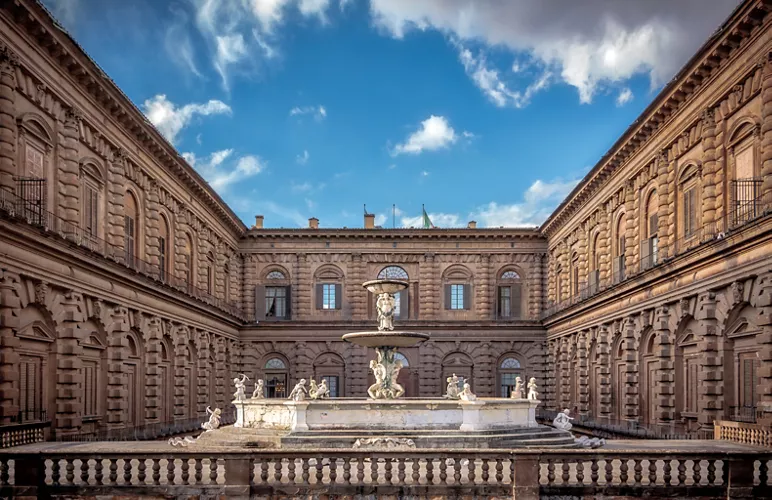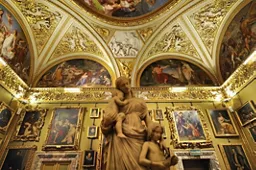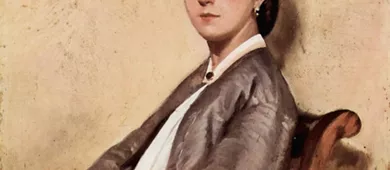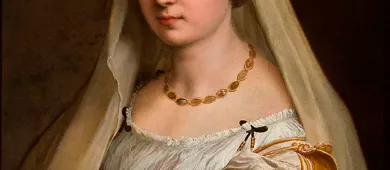This content was automatically translated. View the original text.




Overview
The royal residence in the heart of Florence that tells the magical story of court life
Near the Ponte Vecchio, the Renaissance Palazzo Pitti, part of the Museum Complex including the Vasari Corridor, the Uffizi and the Boboli Gardens, was once the residence of three dynasties: the Medici, Habsburg-Lorraine and Savoy.
It was built by the noble Pitti family in 1476, based on a design by Filippo Brunelleschi; two years later, it was sold to the Medici family. In 1560, Bartolommeo Ammannati designed and built the large, lavish courtyard and added two side wings. Cosimo II de’ Medici had the forecourt enlarged and opened. The façade has remained almost unchanged, except for the two wings surrounding the square, commissioned by the Lorraine family. The palace overlooks the famous Boboli Gardens.
5 museums in one complex, for every cultural “taste”
Today, it is home to five unmissable museums.
The Treasury of the Grand Dukes, or the Silver Museum, houses a collection of precious objects once owned by the Medici: you can admire marvellous crystals, ambers, ivories and silver from the Medici and Salzburg Treasuries. Until a few years ago, the Porcelain Museum belonged to the Silver Museum, until it was moved to the Casino del Cavaliere at the top of the Boboli hill.
The Palatine Gallery hosts the main Medici art collections, with works by Raphael, Titian, Tintoretto and Rubens and magnificent frescoes by Pietro da Cortona. Annexed to the Palatine Gallery are the Royal and Imperial Apartments (temporarily closed), with 14 state rooms with period furnishings.
The Gallery of Modern Art, with splendid views of the city and the Boboli Gardens, houses a rich collection of sculptures and paintings from the 18th century Neoclassical period, the Romantic period and the Macchiaioli School, up to the early 20th century.
The Museum of Costume and Fashion, in the Palazzina della Meridiana, in the south wing of the Pitti Palace, is the first state museum dedicated to the history of Italian fashion. It is arguably the most important in the world, with over 6,000 items of clothing, accessories and theatrical costumes. It is currently temporarily closed to the public.
Finally, the newest Museum of Russian Icons boasts the largest collection of religious art outside Russia and the oldest in Italy.
For more information, go to the official site.
For more information, go to the official site.